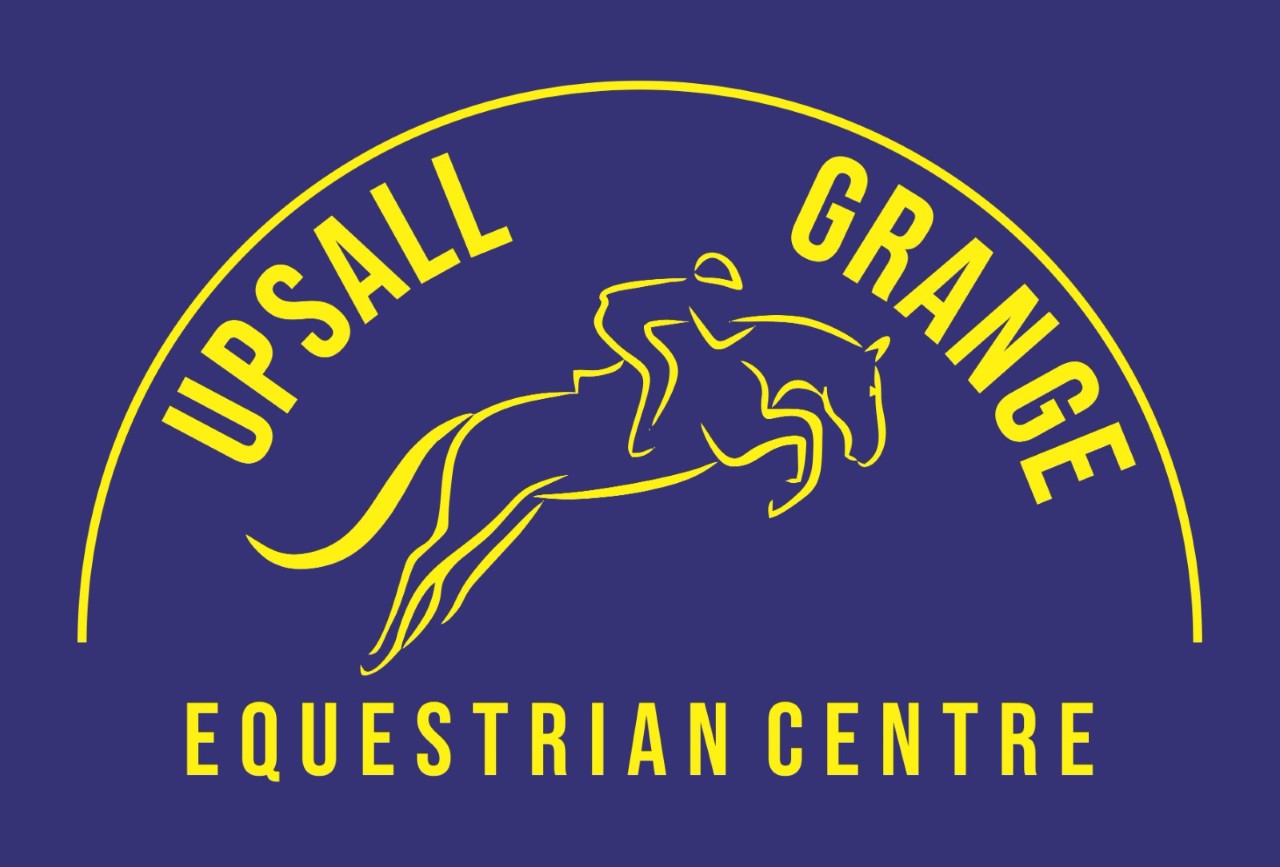Gymnastic show jumping
Sunday 11 January 2026
Entries close in 4 days

5 upcoming events
Next event:
08/01/2026 Polework Clinic with Kerry Dicken
Find out more ..
The Ascot racecourse, located in Ascot, Berkshire in the United Kingdom, is a dual-purpose racecourse used for thoroughbred horse racing. Today, it hosts 13 of Britain’s 36 annual Flat Group 1 horse races and three Grade 1 Jumps.
The current use of the Ascot racecourse is dramatically different to its use throughout history. Way back in 1768, a four-day meeting was held at Ascot, known as the Royal Ascot. This event was such a success that it was repeated each year until 1807, although it failed to attract the considerable number of attendees that the organiser’s had hoped.
As a way of boosting the prestige of the Royal Ascot, Gold Cup was introduced in 1807. The Gold Cup was an instant success, immediately turning the four-day Royal Ascot meet into a world-renowned event. The Gold Cup is the feature race for the third day of the event, which is traditionally the busiest day of the Royal Ascot.

Although the dates for Royal Ascot varied in the early days, the event became so well-known and so popular that it was extended to a full week of races, taking place in June each year. British Monarchs have long attended the Royal Ascot; this tradition started with Queen Anne in 1711, who stated that she wished to find a place where her “Horses to Gallop at Full Stretch ''. The Queen offered a prize of 100 Guineas (roughly £25,000 in today's money) for any horse who could win “Her Majesty’s Plate”
Her Majesty’s Plate was open to any horse, mare, or gelding, over the age of six, and took place on the 11th of August – remember, the dates for the Royal Ascot were not fixed at this time as they are now. Every horse was required to carry a weight of 12 stones (76kg), and seven runners took part. The race was nothing short of brutal – three separate four-mile heats – roughly equivalent to the length of the modern day Grand National – and the winner would have to be a horse with utterly tremendous stamina. Nevertheless, at least one horse usually did manage to complete the race and collect the one hundred guineas.
A further eleven Monarchs continued the tradition of attending Royal Ascot all the way through to the 20th century, The Ascot summer race meeting was officially named the Royal Ascot by King George the Fifth in 1911.
The current British Monarch, Queen Elizabeth II, has had an interest in horses since she was a child, and has managed to attend the Royal Ascot every year throughout her tenure except for two years’ when she was pregnant. The Queen’s fascination with Royal Ascot goes further than just her interest in horse racing – she owns a vast number of thoroughbred horses herself, and 23 of these horses have won races at some time or another.
The Queen’s presence at Royal Ascot is one of the factors which has led to Royal Ascot becoming Britain’s most popular race meeting. Over 300,000 people attend the meet for at least some of the five days of racing. Each day of racing begins with a Royal Procession, giving visitors the chance to catch a glimpse of the queen along with any accompanying members of the royal family. Prince Charles has been the most common guest to attend Ascot alongside the queen, first with Princess Diana, and later with his second wife Camilla Parker-Bowles.
The first day of Royal Ascot takes place on the second Tuesday in June, and features a number of royally themed stakes, including the Queen Anne Stakes, Coventry Stakes, King’s Stand Stakes, St. James’s Palace Stakes, Ascot Stakes, Wolferton Stakes, and Copper Horse Stakes
The following day boasts the Queen Mary Stakes, Queen’s Vase, Duke of Cambridge Stakes, Prince of Wales’s Stakes, Royal Hunt Cup, Windsor Castle Stakes, and Kensington Palace Stakes
Day Three, commonly known as Ladies Day, is traditionally the day when the absolute best runners will make an appearance. As such, this is by far the most popular day of the event and often reaches maximum capacity. The day opens with the Norfolk Stakes, followed by the King George V Stakes, Ribblesdale Stakes, Ascot Gold Cup, Britannia Stakes, Hampton Court Stakes, and Buckingham Palace Stakes.
Day four features the Albany Stakes, King Edward VII Stakes, Commonwealth Cup, Coronation Stakes, Sandringham Stakes, Duke of Edinburgh Stakes, and finally the Palace of Holyroodhouse Stakes.
The final day of Royal Ascot is the only one to be held on the weekend, so attendance often rivals that of ladies day on the third day of the event. Like the previous four days there are seven races, starting with the Chesham Stakes, the Jersey Stakes, the Hardwicke Stakes, the Diamond Jubilee Stakes, the Wokingham Handicap. The Golden Gates Handicap, and finally, the Queen Alexandra Stakes finishes off the marathon of races.